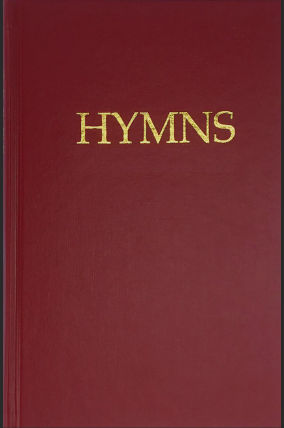 Click on the song's name to view the written lyrics for the hymn. If there is a video link, then clicking on it will reveal the lyrics and the music in a presentation of slides so that you can sing to the presentation with the music. It is assumed that all the songs below are in the public domain or that we have permission. If you are the owner of the song rights and feel this is in error, contact the website provider through the contacts link at ChurchProvider.com. Click on the song's name to view the written lyrics for the hymn. If there is a video link, then clicking on it will reveal the lyrics and the music in a presentation of slides so that you can sing to the presentation with the music. It is assumed that all the songs below are in the public domain or that we have permission. If you are the owner of the song rights and feel this is in error, contact the website provider through the contacts link at ChurchProvider.com.
Love, Grace and Assurance
14
Fairest Lord Jesus
Music by Willis, Richar Storrs (Arranger) from Anonymous German Hymn known as the (Crusaders Hymn)
Lyrics by Seiss, Joseph August from Anonymous German Hymn known as the (Crusaders Hymn)
1
Fairest Lord Jesus, Ruler of all nature,
O Thou of God and man the Son,
Thee will I cherish, Thee will I honor,
Thou, my soul’s glory, joy and crown.
2
Fair are the meadows, fairer still the woodlands,
Robed in the blooming garb of spring;
Jesus is fairer, Jesus is purer,
Who makes the woeful heart to sing.
3
Fair is the sunshine, fairer still the moonlight,
And all the twinkling starry host;
Jesus shines brighter, Jesus shines purer
Than all the angels heaven can boast.
4
Beautiful Savior! Lord of all the nations!
Son of God and Son of Man!
Glory and honor, praise, adoration,
Now and forever more be Thine!
|